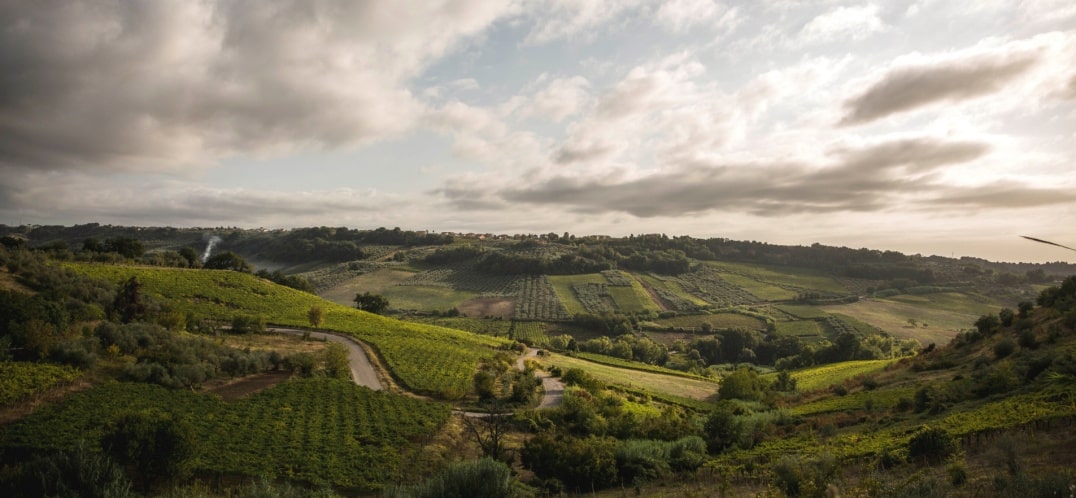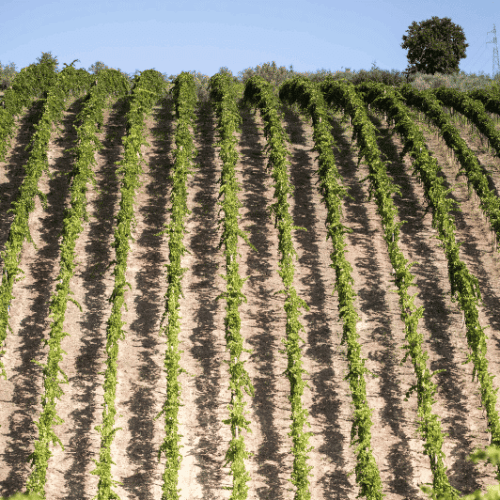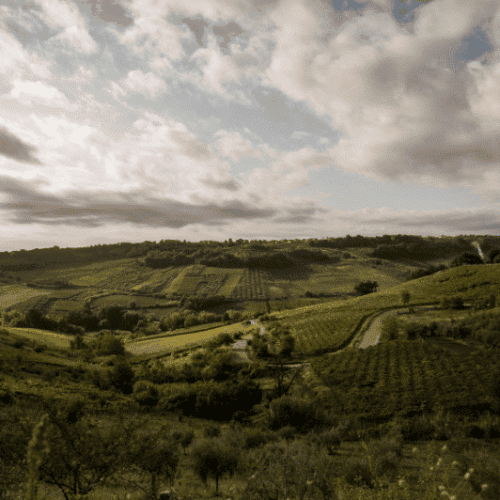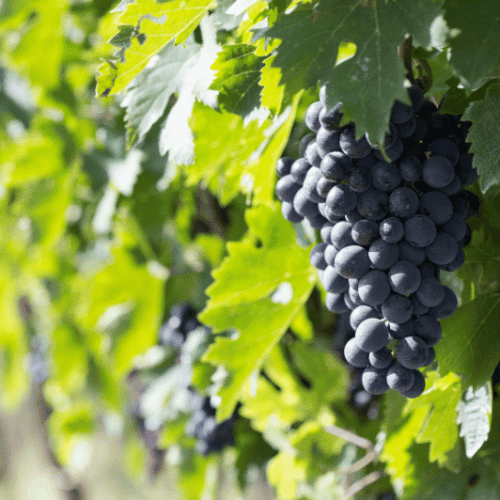Agriculture is undoubtedly one of the sectors most affected by climate change. In particular, oenology faces a difficult challenge since wine is affected by rising temperatures and the risk is that the geographies of viticulture are modified, which compromises the very identity of a product so tied to the culture and history of man.
The territories that are most suited, with regards to for history and production capacity, to the cultivation of vines are already dealing with climate change and its consequences. Among these, Tuscany, which for years has been wondering about a salient question: does climate change risk altering the taste of Chianti, the symbolic wine of this territory, known and loved all over the world?
Chianti and climate change is therefore a current and debated topic, not only for the taste of the wine but also for the economic and social impact that rising temperatures can have. Due to climate change, it has become necessary to anticipate the harvest. It’s no coincidence that in recent years it has been brought forward from October to September, if not even at the end of August. In addition to the early harvest, which has a knock-on effect on the timing of winemaking, the yields will be lower with the consequence of a lower introduction of the product on the market, but also a lower number of human resources involved for processing, with social and economic effects on the whole territory.
The grapes used for Chianti strongly feel this climatic upheaval. Some of these changes can also affect important functions of the vine, especially those related to the content of organic matter, salinity and water availability for varieties such as Sangiovese. Some of the wine characteristics affected by higher temperatures concern changes in the quantities and composition of sugars and acids, the higher ethanol content and the change in flavor. The vine is, therefore, greatly disadvantaged in this rapidly evolving process and action must be taken as soon as possible in order to preserve and safeguard the good Chianti terroir.
There are technological aspects that can greatly help to stabilize viticulture, such as tools that are placed inside the fields or between the rows detect the conditions of the environment and analyze the situation of the plants. These can be used to create ad hoc solutions for the crops and automatically implement them, fertilizing or irrigating the most suffering plants. Artificial lakes can be created within harvest fields in order to overcome the problem linked to the dryness of the soil. The inclusion of weather stations inside the vineyards which follow the rainfall and changes in real time can be used to inform intervention on the rows.
Agronomy also comes to the aid with the experimentation of new vines able to survive naturally, or the identification of areas more suitable for cultivation. The operators of the sector are thus called upon to intervene with a great sense of responsibility, in a sustainable, ethical and technological way to remedy this phenomenon.
We at Cantine Leonardo da Vinci are committed to producing in a sustainable way, reducing the environmental impact of all operations involving our products – from the earth to the table. The result of our work is seen in the bottles of Chianti and Chianti Riserva from the Leonardo da Vinci collection and from the I Capolavori collection.
In short, what man has devastated can be healed and preserved, thanks to the use of technology, tools in the field, agronomic research and sustainability.







